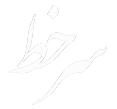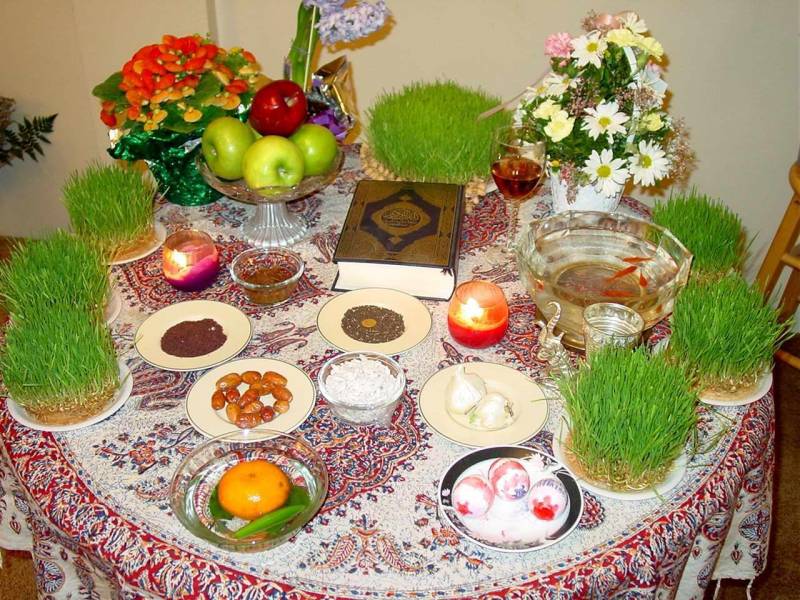Nowruz, traditional Iranian new year holiday
Nowruz is the traditional Iranian new year holiday celebrated by Iranian people and initiated in Ancient Iran. Apart from Iran, the celebration has spread in many other parts of the world including parts of West Asia, Central Asia, South Asia, Northwestern China, the Caucasus, Kurds of Turkey, the Crimea, and some ethnic groups in Albania, Bosnia, Kosovo and the Republic of Macedonia. Nowruz marks the first day of spring and the beginning of the Iranian year and is a national holiday. The term Nowruz first appeared in Persian records in the second century AD. After the emergence of Islam in Iran, Nowruz also took an spiritual color. People were taught by Islam to take Nowruz also as a time for renewal of soul. There is also a terse prayers which Muslim Iranians read out when the year begins: O, The One who changes hearts and states over, O, The administrator of night and day, O, The Author of Might and States, Change our states over to the best. Nowruz is celebrated on the day of the astronomical vernal equinox, which usually occurs on March 21 or the previous/following day depending on where it is observed. At the time of the equinox, the sun is observed to be directly over the equator, and the north and south poles of the Earth lie along the solar terminator; sunlight is evenly divided between the north and south hemispheres. Today, the festival of Nowruz is celebrated in many countries that were territories of, or influenced by, the Persian Empire: Iran, Afghanistan, parts of the Middle East, as well as in the former Soviet republics of Tajikistan, Uzbekistan, Azerbaijan, Turkmenistan, Kazakhstan, and Kyrgyzstan. It is also celebrated by the Zoroastrians as well by certain Iranic inhabitants in Pakistan's Chitral region. In Turkey, it is called Nevruz. Uyghurs who live in Northwestern China called it as Noruz. In some communities located in parts of western Iran, the holiday is referred to as Nuroj, which literally means New Day in the Kurdish language. Nowruz is also celebrated by Kurds in Iraq and Turkey as well as by Parsis in Indian subcontinent. In Iran, preparations for Nowruz begin in Esfand (or Espand), the last month of winter in the Persian solar calendar. Haft Sin or the seven S's is a major tradition of Nowruz. The haft sin table includes seven specific items starting with the letter 'S' or Sin in Persian alphabet. The items symbolically correspond to seven sources if good. The Haft Sin has evolved over time, but has kept its symbolism. The Haft Sin items include seven of the following alternatives: • Sabzeh - wheat, barley or lentil sprouts growing in a dish - symbolizing rebirth • Samanu - a sweet pudding made from wheat germ - symbolizing affluence • Senjed - the dried fruit of the oleaster tree - symbolizing love • Sir - garlic - symbolizing medicine • Sib - apples - symbolizing beauty and health • Somaq - sumac berries - symbolizing (the color of) sunrise • Serkeh - vinegar - symbolizing age and patience • Sonbol - Hyacinth (plant) • Sekkeh - Coins - representative of wealth There are other items too which make part of the table. These are: • A holy book (largely Koran) and/or a copy of poetry collection (almost always the anthology of Hafez) • Traditional Iranian pastries such as baghlava, toot, naan-nokhodchi • Aajeel - dried nuts, berries and raisins • Lit candles (symbolizing enlightenment and happiness) • A mirror (symbolizing cleanness and honesty) • Decorated eggs, sometimes one for each member of the family (fertility) • A bowl of water with goldfish (life within life, and the sign of Pisces which the sun is leaving) • Rosewater, believed to have magical cleansing powers In the New Year Day, the Iranian people usually prepare special dishes. They are: • Sabzi Polo Mahi: The New Year's day traditional meal is called Sabzi Polo Mahi, which is rice with green herbs served with fish. The traditional seasoning for Sabzi Polo are parsley, coriander, chives, dill and fenugreek. • Reshteh Polo: rice cooked with noodles which is said to symbolically help one succeed in life. • Dolme Barg : A traditional dish of Azeri people, cooked just before the new year. It includes some vegetables, meat and cotyledon which have been cooked and embedded in vine leaf and cooked again. It is considered useful in reaching to wishes. • Kookoo sabzi : Herbs and vegetable souffle, traditionally served for dinner at New Year. A light and fluffy omelet style made from parsley, dill, coriander, spinach, spring onion ends, and chives, mixed with eggs and walnut.
News source: IRIB News ![]()
Related news: Nowruz, traditional Iranian new year holiday
Copyright © 2001-2024 - Sarkhat.com - About Sarkhat - News Archive - جدول لیگ برتر ایران

